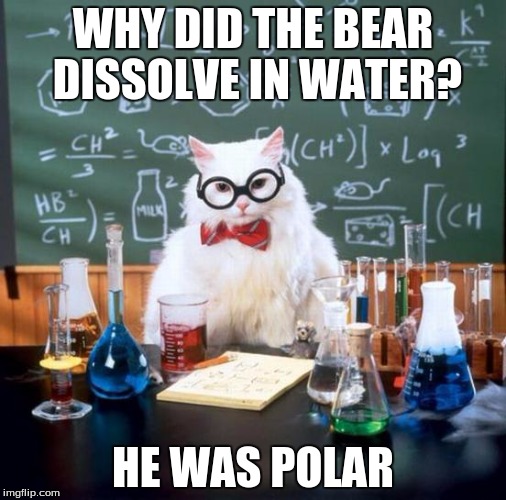Electronegativity
Electronegativity is the measure of attraction to a pair of electrons in bonded atoms. In H₂ there is covalent boding but due to both atoms being the same (H-H) there is no specific pull as their electronegativity is the same. There is an increase of electronegativity towards the top right with the most electronegative being fluorine. The figure shown below best represents the Pauling scale - a scale that measures electronegativity in different elements using the respective location in the periodic table.
A large Pauling value indicates atoms of elements that are highly electronegative. It is worth noting the following rules:
- Noble gases are not included as they generally don't tend to form compounds
- Non-metals tend to be the most electronegative among these are;
- Oxygen
- Nitrogen
- Fluorine
-Chlorine
If we take a scenario with HCl we can see that chlorine is highly electronegative when compared to hydrogen. With chlorine being the more electronegative of the pair, it has a greater attraction with the bonding pair so the electrons are closer to the chlorine than the hydrogen. When this occurs we get dipoles, this is a small charge difference between the atoms and this is known as a polar covalent bond.

Polar and non-polar molecules
Molecules such as HCl are polar molecules but molecules such as CCl4 are non-polar. They both have polar bonds which arise from differences in electronegativity so how is one polar and one not?
If we have a look at both molecules we can begin to see the differences between the two.
If we have a look at both molecules we can begin to see the differences between the two.
HCl has one bond between the two atoms and has dipoles.
CCl4 has 4 bonds and each bond has a dipole.
Here we can see that there are polar bonds (the linkages between the elements) but just because there are polar bonds this does not mean the overall molecule is polar. Molecular structure plays a massive part in this displayed as HCl is a non-symmetrical molecule and is a polar molecule whereas CCl4 is symmetrical and therefore non-polar. This symmetry results in the polar bonds cancelling one another and thus the overall molecule itself is non-polar!
Did you find this helpful? Feel free to drop a comment and let me know what you liked and if I have missed something!

Comments
Post a Comment